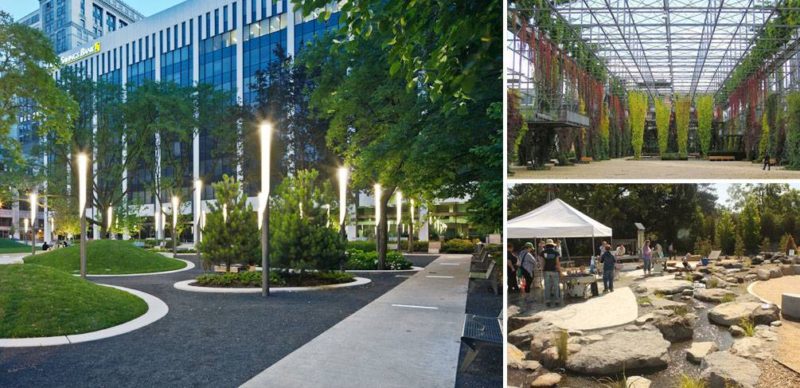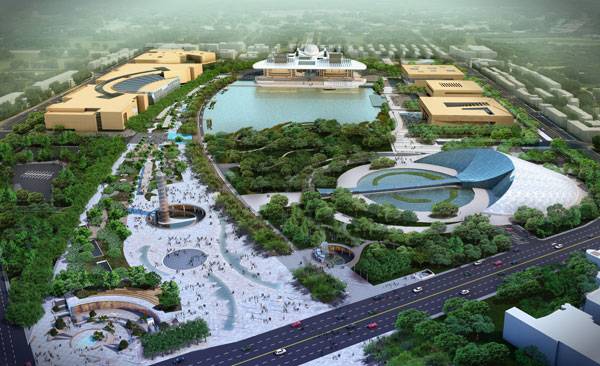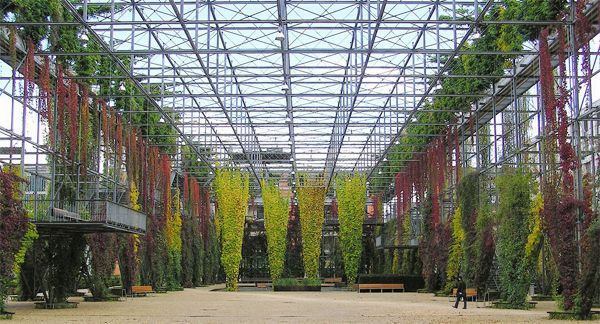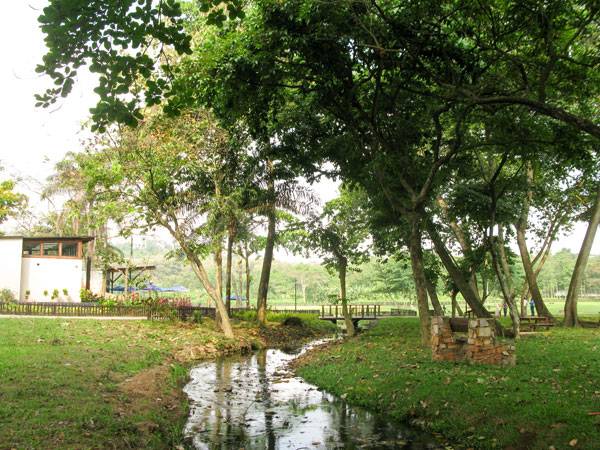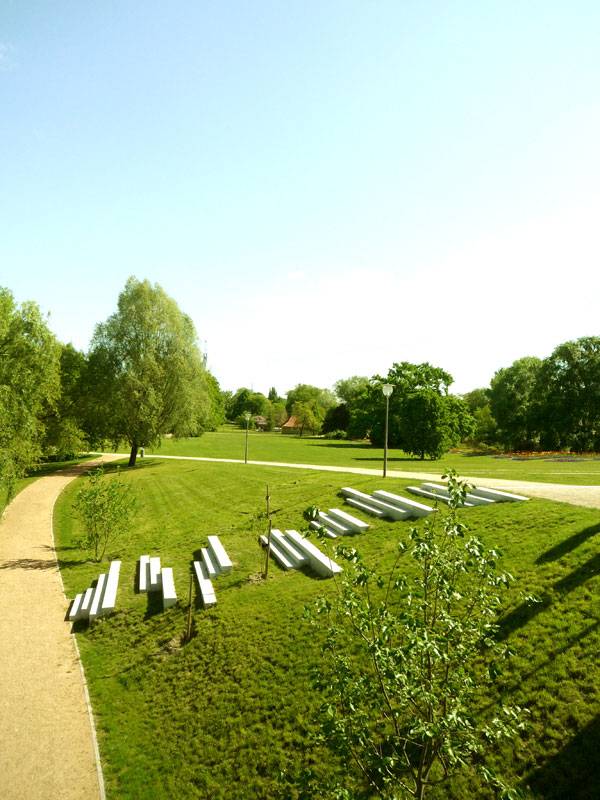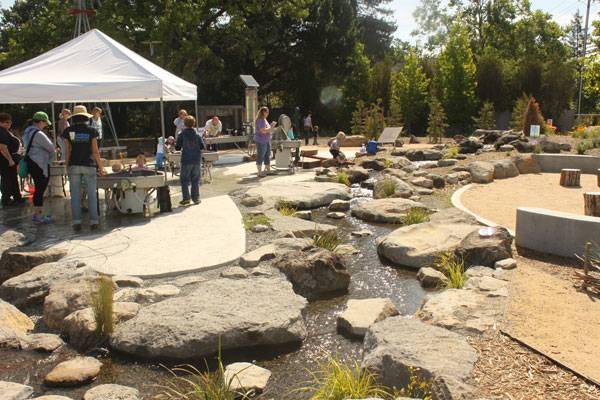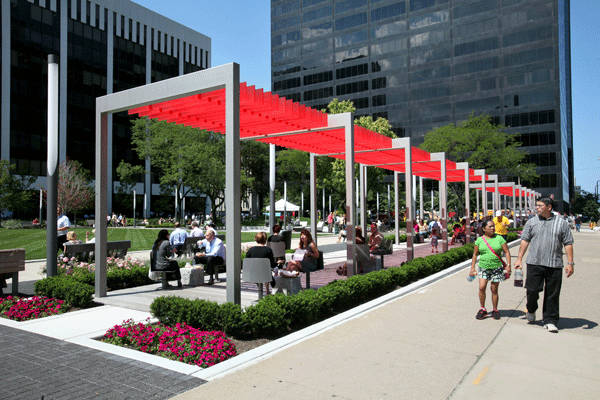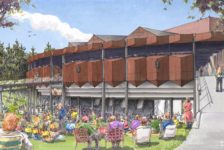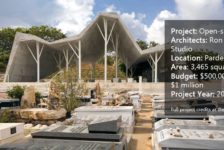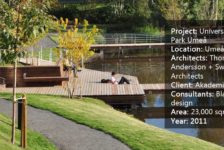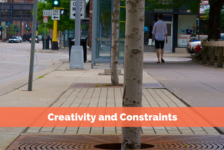Article by Erisa Nesimi We take a look at 6 unique parks that have significantly contributed to their community. Stating that parks are important for our cities is not breaking news; the advantages of these spaces are generally well known and accepted. Ever since the Garden City movement in the 1900s, the importance of such green spaces has been considered in a significant way. Nevertheless, nowadays, it is not enough to simply make parks a part of our cities; it’s important how we do that. Parks have been shown to be elements that make the world a better place in which to live, but the question you might surely ask is, how? As a person living in a city where parks are generally not well designed, I can tell you that the impact of these environments can be huge. There are several reasons why these environments are improving our lives, and we shall explain those further, supported by examples for each.
So, What Do Parks Offer?
1. An opportunity for Re-establishing Social Bridges A great example of this is Tianjin Cultural Park, by Atelier Dreiseitl, in the city of Tianjin, China. It is a park attached to the cultural center of the city, but I would dare to say that the design allows for this park to become a cultural space itself. The variety of its details — such as the presence of water, local trees and plants, a grand open theater, and so many others — establishes the park as a place for people to relax and to conduct activities, making possible the creation of social bonds. It is a place for social interaction, where events can take place and enrich everyone’s personal experience.
2. Power of Transformation There are some particular spaces, such as old industrial sites, which — while being abandoned — represent places people avoid going to, or simply don’t have a reason to visit. Landscape holds the key to making these places vivid again. MFO Park in Switzerland is a wonderful example of how parks embody the power to transform environments. This park is part of an extensive redevelopment of one of the most industrialized areas in Zurich. It is part of a vision to transform and integrate residential development in the area, and the construction of this park is most certainly a good step toward turning the old elements of the site into a new and contemporary design that allows people to utilize the space in different ways. 3. Standing for a Strong Cultural Identity-Telling History Agodi Park and Gardens, by Earthwork Landscape Architects, in Ibadan, Nigeria, serves as a very strong example for cultural identity. Located in the center of Ibadan, which is known to be a bustling metropolis, Agodi speaks for a truly African urban park. That is because it constitutes a significant environmental reserve for indigenous forest and savannah. Being a combination of forest and savannah, it becomes a representative of the African culture and nature, but it also offers a variety of activities for people living nearby. Thus, it has become a real community space. 4. Simple, but Influential Who’s to say parks need to be intricate to make the spaces we live in better? Freundschaftsinel Potsdam Park, by POLA, in Potsdam, Germany, is the best example of this. As the entrance to a bigger network of parks, it has immediately become a favorite place for the locals. It is a very simple design, but why should simplicity not be appropriate? Sometimes, keeping it simple is better, and often we are witnesses to the fact that less stands for more. That is because this park, being very simple, gives a sense of freedom to its users. Isn’t freedom what we look for in a park? 5. A Playground to Learn From Parks can also be places where you can learn. Mary’s Garden, by BASE Landscape Architecture, at the Children’s Museum of Sonoma County in Santa Rosa, California, is a wonderful example of this. It is a child-oriented design, where kids not only have fun in the playground, but can also learn a lot by experiencing a variety of natural processes. As an interactive environment, it allows children to learn and be inspired. The main aim of this project was to bring the surrounding landscape into the design through the integration of the city’s main river, which adds to the park’s contextual character. Even though the main target group is kids, we think that adults can also learn a lot from this space. 6. Economic Advantages While some might say that parks are a huge waste of money, many of them indicate the opposite. If well designed, parks will be a source of positive economic benefits. How? By enhancing property values, increasing municipal revenue, bringing in home buyers and workers, and attracting tourists. Perk Park, by Thomas Balsley Associates, in Cleveland, Ohio, is an example of what I mentioned above. Food vendors, cafes, and other economic activities have been developed after the construction of this park, creating possibilities for economic progress. The initial investment has paid off, creating a vibrant community that contributes to the neighborhood. – It is not only important to build a park but to build it with the right reasons in mind — how it connects to the surroundings, what it brings to the community, and how interactive it can be. There are also cases in which parks have not added much to the context, but if properly designed, they can be huge attraction points, making the communities we live in better, hence making the world a better place in which to live.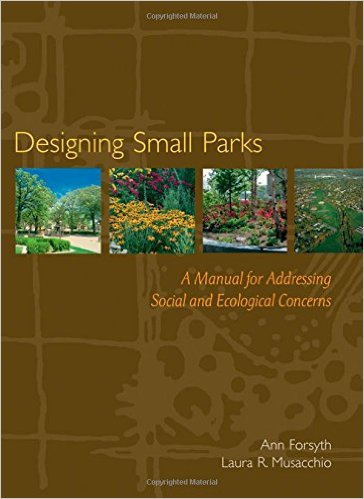
Recommended Reading: Designing Small Parks: A Manual for Addressing Social and Ecological Concerns by Ann Forsyth. Get it HERE!
- Becoming an Urban Planner: A Guide to Careers in Planning and Urban Design by Michael Bayer
- Sustainable Urbanism: Urban Design With Nature by Douglas Farrs
Article By Tahio Avila
Published in Blog


